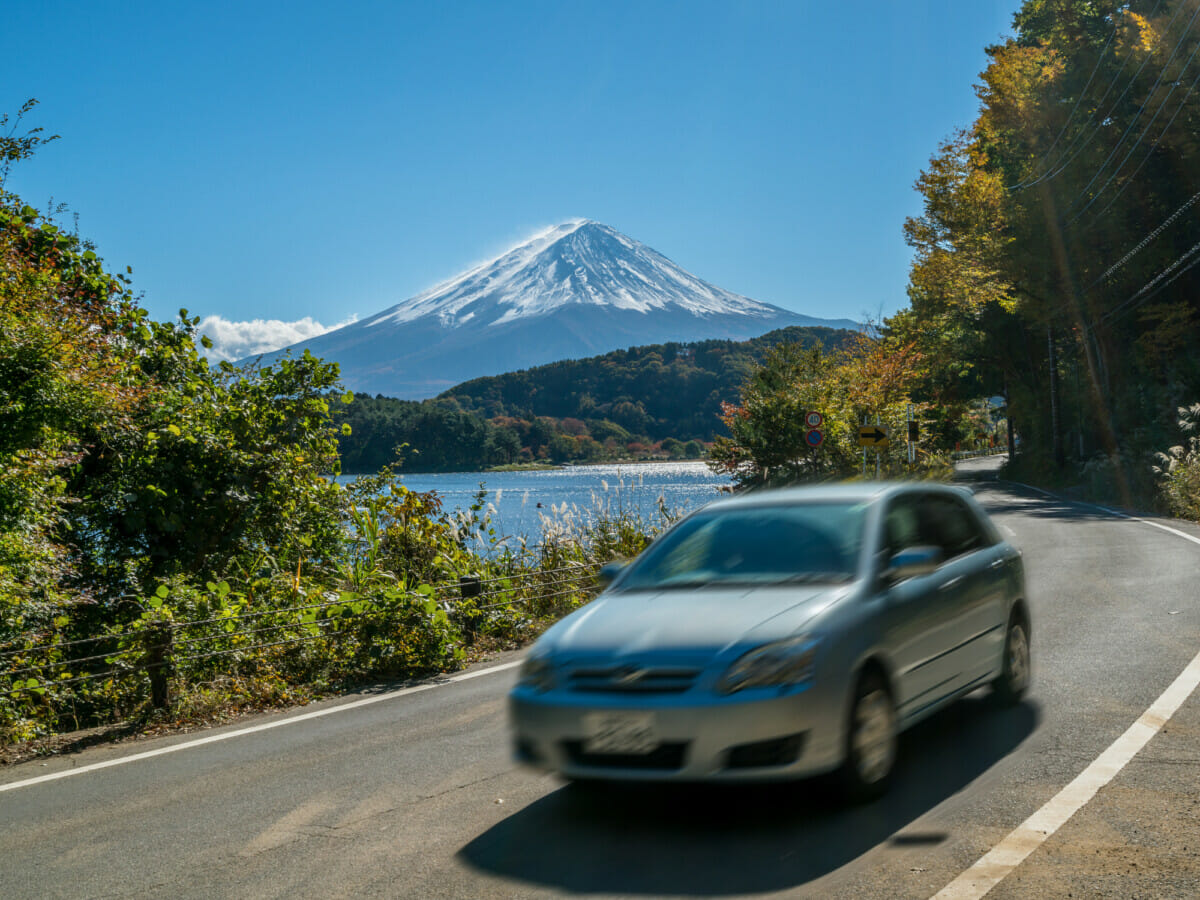Taking commuter trains in Japan is the most convenient easiest method for traveling through the country. But, as with any place with a train network, there are social norms that involve etiquette and manners. These include things like not smoking, eating, drinking, and being loud, among many others.
Courtesy and respect are major components of Japanese social structure and these extend to riding on public transportation. Regardless, millions of Japanese commute using the train every day.
It’s important for foreigners to understand what’s acceptable, what’s a faux pas, and what will make the journey most enjoyable.
General Modus Operandi
The trains are very clean and the whole process is impeccably precise. They often arrive right on time and are rarely late.
If you’ve ever traveled on the trains in Chicago or New York City, they hardly compare to what you’ll experience in Japan. The pace is fast, intense, and incredibly structured.
The speed at which the trains arrive followed by the exit and entry of passengers happens faster than a New York minute.
Everyone has to keep moving once the doors open, filing in toward the center so as not to block others from being able to enter in an efficient manner.
Line Up While Waiting For Your Train
While this is simple in theory, it’s much more complicated in practice; especially when it’s rush hour. Plus, there’s a method in which this all happens for optimal fluidity.
Before the train arrives, passengers queue up behind thick, textured yellow lines. They file two-by-two or singly depending on the station’s setup.
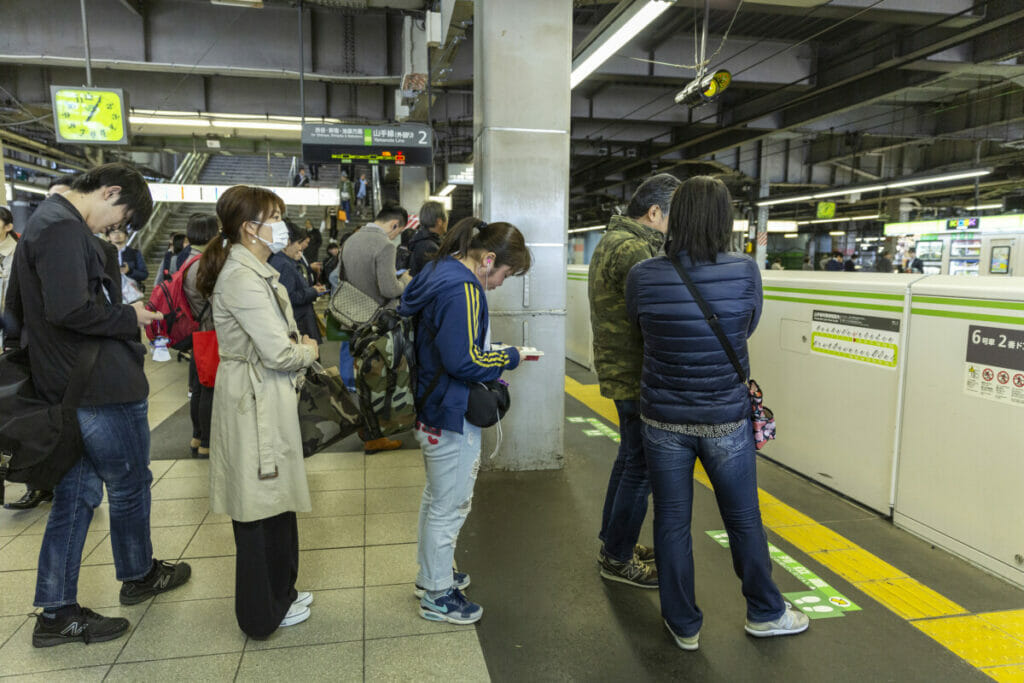
At larger hubs and stations, there are numbers on the platform with train staff attendants directing traffic. These “conductors” ensure people stay behind the lines and file into the cars quickly.
Some stations have physical barriers along with auto sliding doors. Before entering, you have to wait for everyone to exit.
Basic Restrictions
As with any commuter train you take in the world, there are certain laws and restrictions you must abide by. If not, you could get a fine or, at the very least, into a scuffle with another passenger.
No Smoking, Eating or Drinking
You can’t smoke, eat or drink while riding. However, some designated cars do allow smoking. Other services, like the Hello Kitty Shinkansen, do have cars where you can eat and drink. But, these trains will offer snacks for purchase or you can bring your own.
Be Quiet
In Japan, silence is golden and they tend to look down on loud, obnoxious passengers. This goes for cell phone use; no one wants to hear your conversation.
It’s rude to disturb others in close proximity. If you’re traveling with someone, use low and quiet voices. This goes for music and video games while on the train as well.
Smart Phone Usage
In regards to smartphones, it’s best to keep them off and avoid using them altogether. The Japanese have little patience for obliviousness due to having a smartphone addiction.
Plus, the electromagnetic frequencies emanating from the phone could affect someone’s pacemaker or similar medical device. Besides being inconsiderate, it takes your attention off of being aware of your surroundings.
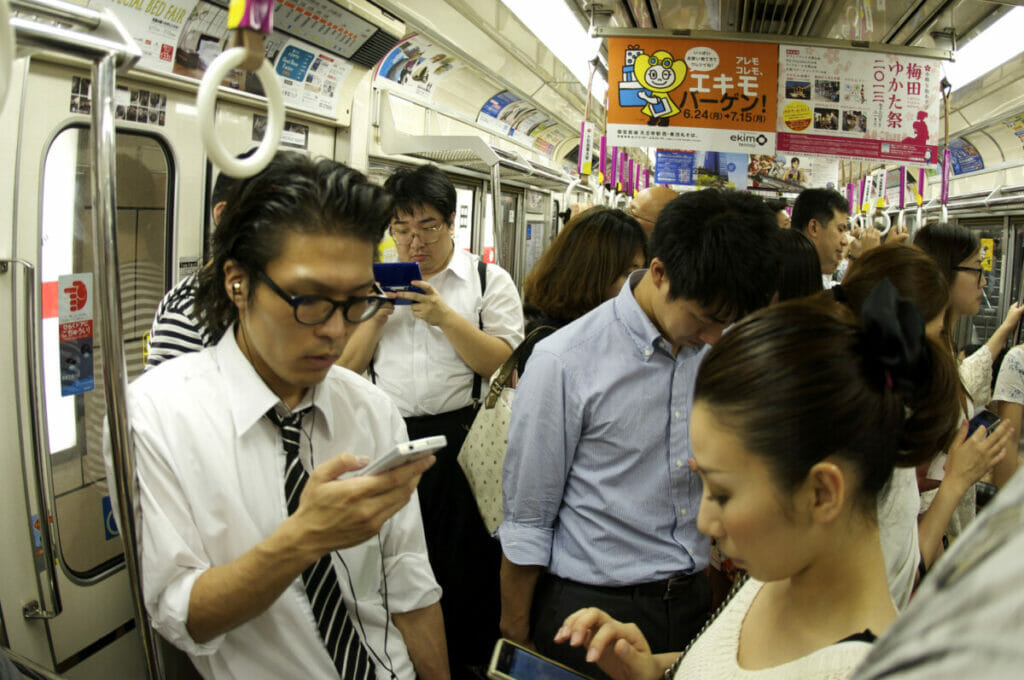
Be Aware of Unscrupulous People
While the Japanese are a good, forthright, honest, and orderly people, like anywhere, there are nefarious characters around.
There will always be a few pickpockets as well as other types of criminals. They use the speed at which everything goes to their advantage. This can range from unwanted molestation (they call this chikan) to robbery.
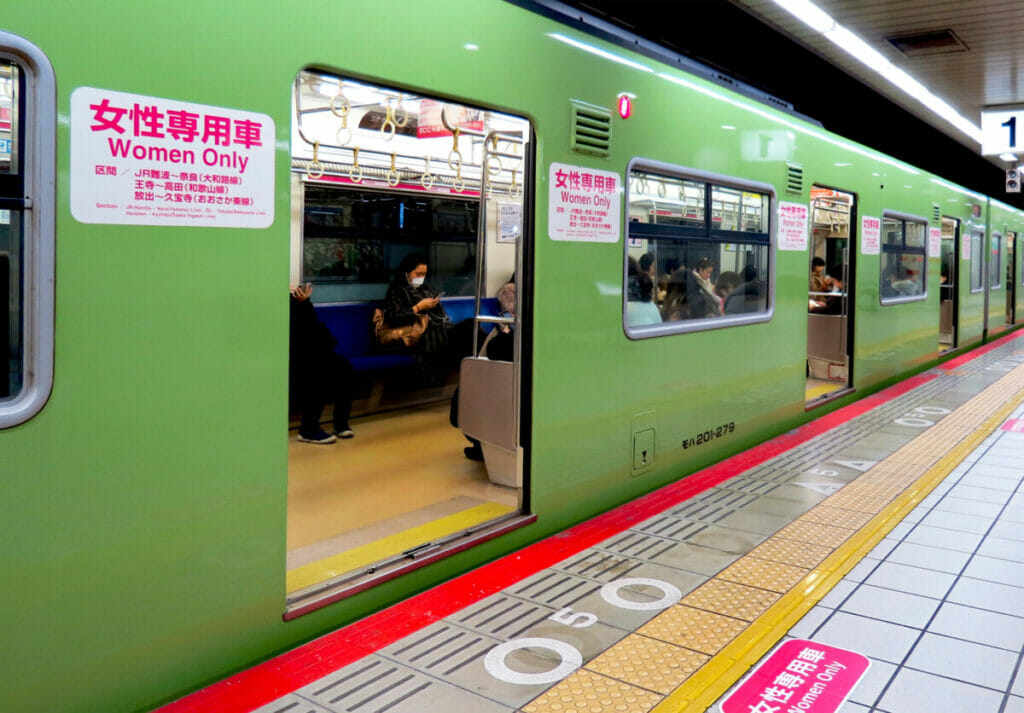
This is particularly true if you’re a woman and someone attempts to grope, stroke, or touch you where you don’t want them to.
It’s a different experience from people rushing through the train; it will be quite obvious they’re doing it. Such behaviors will be most unwelcome.
Not only will they touch you, but they might also flash their genitals or place your hands on their private areas.
If something like this happens to you, it’s the only appropriate time to speak up about it. If you say something on the train, other passengers will come to your aid.
Make sure you file a police report when you get off the train since apprehending offenders goes a long way. Chikan is illegal and a serious offense; do not let a stranger get away with this.
Women’s Cars
Because of this rash of chikan, there are safety features for girls and women. Therefore, women-only cars and/or seating are available on some lines. These come marked with a pink sign.
Getting on the Wrong Car and Other Confusions
In the event you board the wrong car, you can move between cars using the sliding doors. Whenever you’re confused or are unsure about directions, which train to be on, or what location to find, you can ask an attendant on the premises. They’re always happy to help.
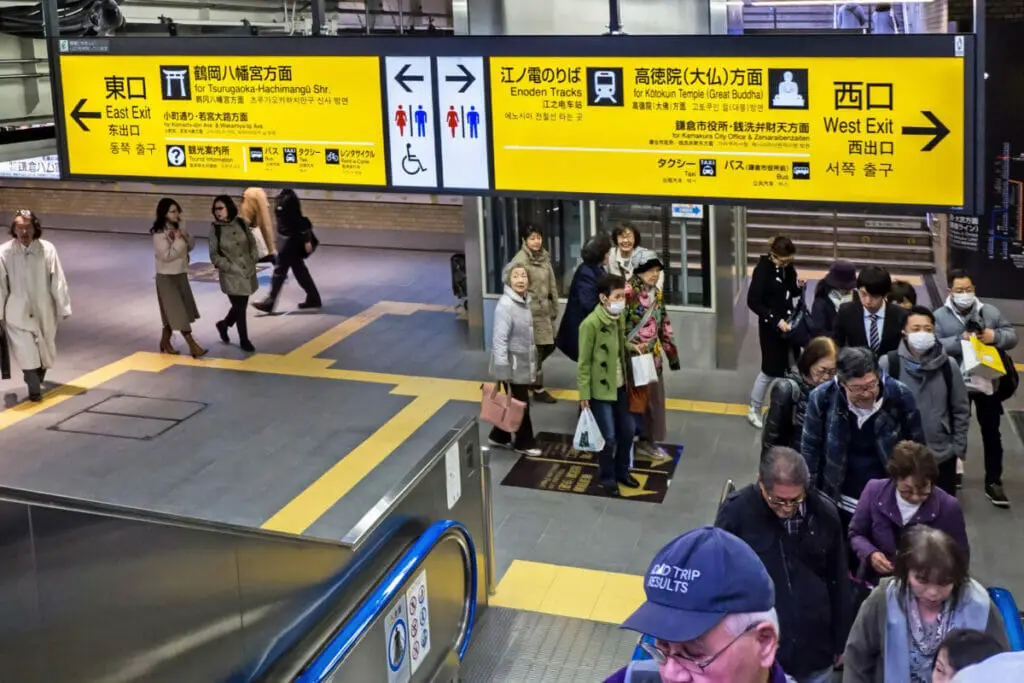
Priority Seating on Trains
Seating is another social consideration when riding a commuter train in Japan. Elders, small children, and pregnant women always get priority for seating. As such, there is a reserved area for this near the doors and have a sign indicating “priority seating.”
Anyone can sit there as long as it’s not too busy. But, the moment one of these types of people comes onto the train, you have to give it up. However, don’t give up your seat out of charity for an elderly member of society entering the train.
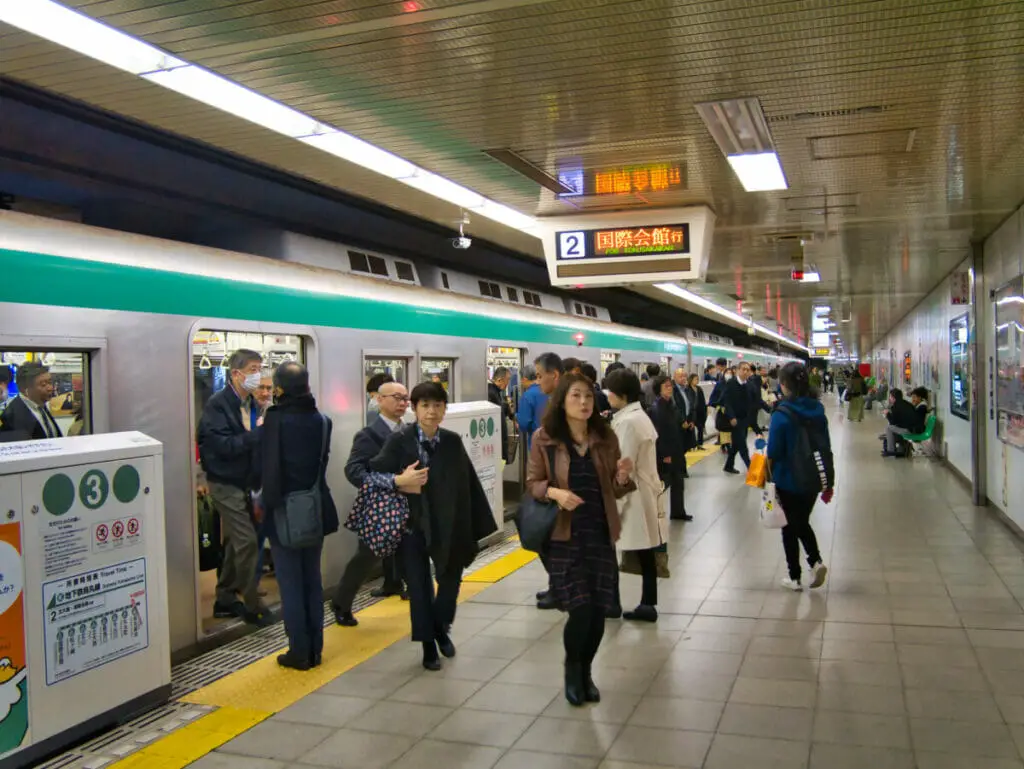
They may give you a harsh look if you do this because they pride themselves on being capable and able-bodied.
Therefore, if you really want to give your seat to an older individual, simply walk away and leave the seat open for them to choose whether they want it or not. Don’t make eye contact or make gestures offering the seat.
Don’t Take Up Too Much Space
Also, understand that the Japanese work incredibly long hours and, for them, this is the time for rest. So, do not take up more seat space than you need.
Keep bags and backpacks on your lap, between your legs, or on the floor. Sometimes you can use an upper rack if it’s available.
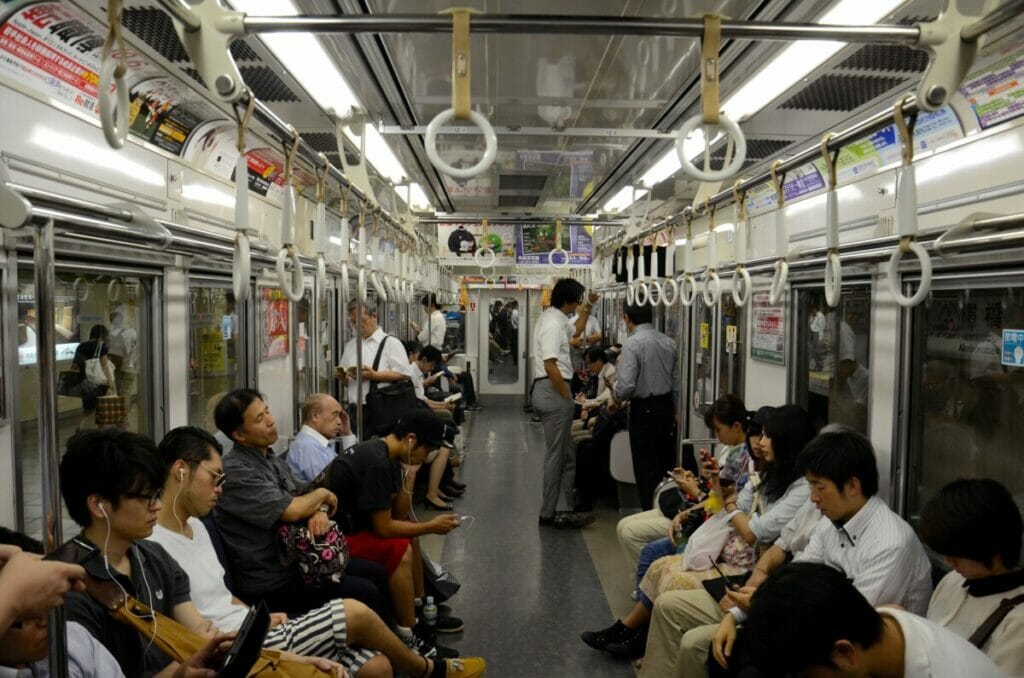
Be Ready to Get Off Before Your Stop
As you approach your destination, ensure you have all of your things ready in hand. This includes any trash you’ve accumulated, newspapers, and the like.
If you need to make your way to the doors, it’s a good idea to begin moving a stop or two before your destination.
Oftentimes, people will move out of your way if they notice you trying to get to the doors. In the event they don’t, kindly say “sumimasen,” or “excuse me.” When you exit the platform, you can throw your trash away in the areas provided.
When in Doubt, Do the Politest Thing Possible
When in doubt, always think of the politest thing you can do. For instance, if you’re reading a newspaper or a map and the car becomes full, fold up the paper and put it away until you reach your stop.
In the case of traveling with a child, don’t use strollers during rush hour and sit in seats intended for strollers.






